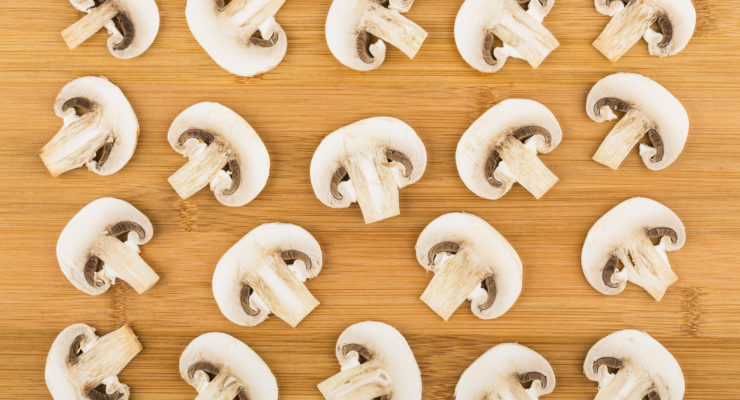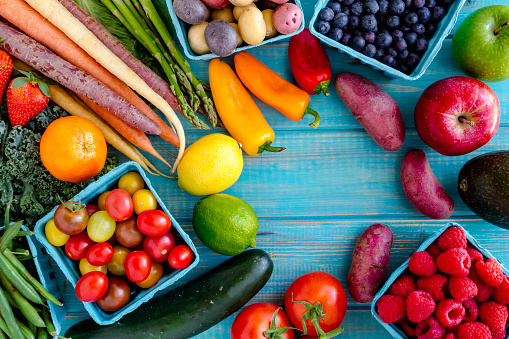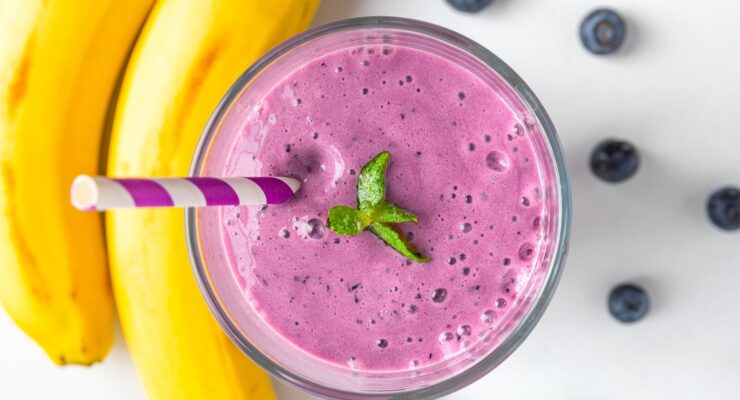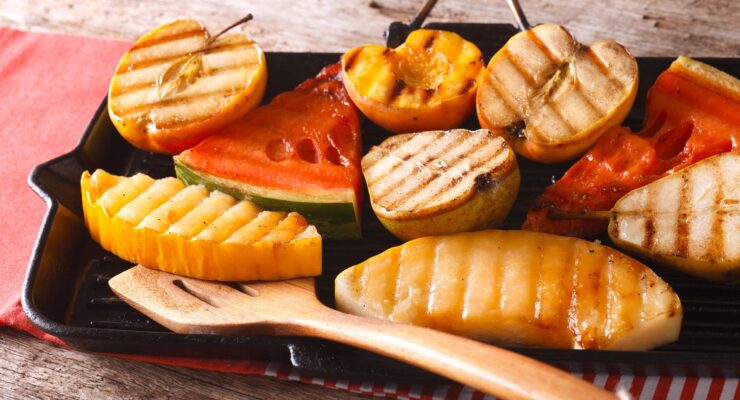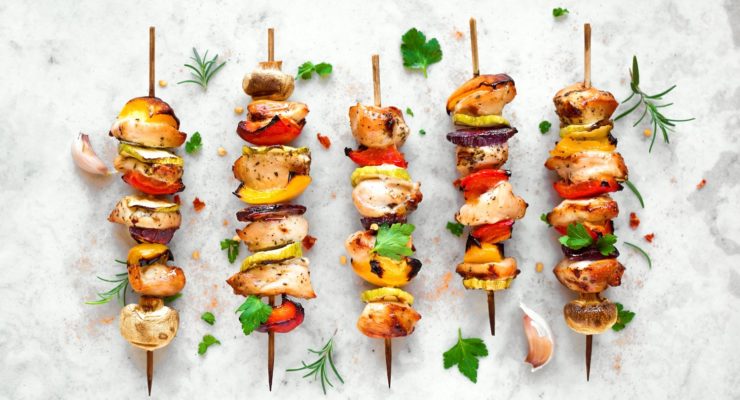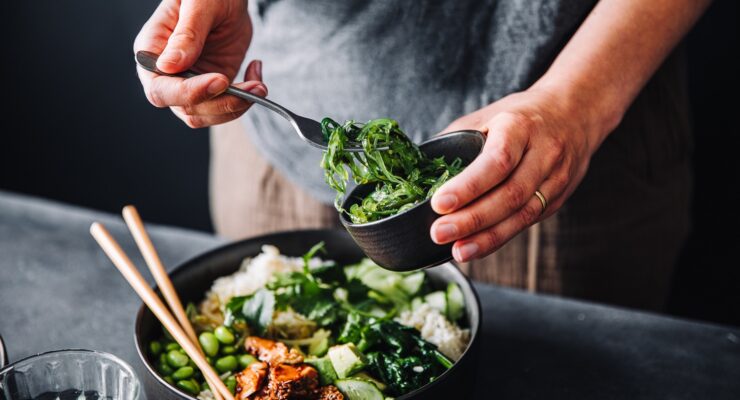Superfood Spotlight: Broccolini
Article posted in: Diet & Nutrition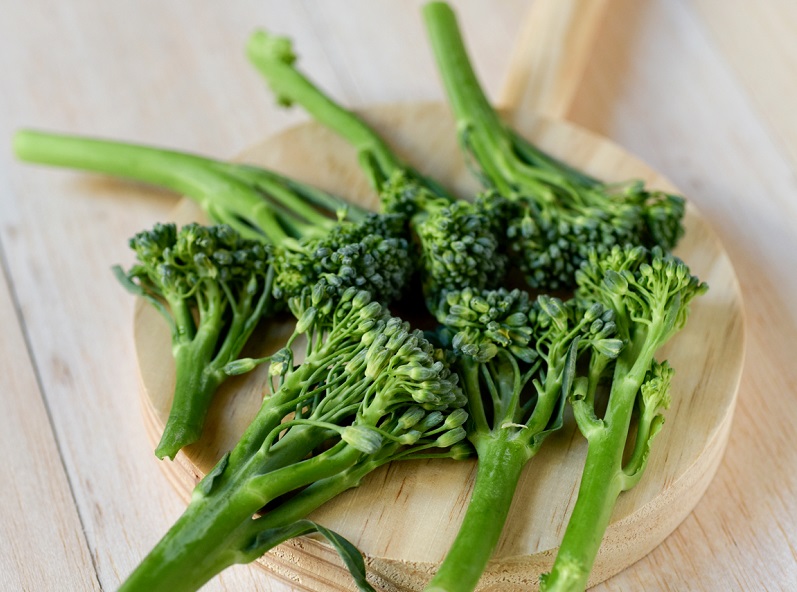
Broccolini was introduced in 1993, so it’s fairly new to produce shelves and to many people. It’s become so popular so fast because it’s loaded with nutrients—that’s why it’s known to be a “superfood”—and it has a very appealing taste.
Broccolini serves as a delicious, healthy side of veggies with any Nutrisystem meal and is a great way to get more vegetables into your diet.
Here’s everything you need to know about broccolini and why you should add this superfood to your diet:
WHAT IS IT
Despite the sound of its name, broccolini is not baby broccoli. Rather, it’s a hybrid of broccoli and a kind of cabbage known as Chinese broccoli. Broccolini has long stalks—almost like asparagus—a few small leaves and little broccoli-like florets at the top. All of it is edible. People sometimes confuse broccolini with broccoli rabe, which is also referred to as brocoletti or rapini. Broccoli rabe, however, is a leafy vegetable more closely related to turnips than broccoli and it has a spicier flavor.
WHY EAT IT
If you find the taste of broccoli too bitter or its texture too chewy, you’ll love that broccolini is milder and more tender. It’s just as nutritious as broccoli, giving you 100 percent of your RDA for vitamin C in a three-ounce serving, along with significant amounts of vitamin A, potassium and folate. Broccolini (like broccoli) is rich in sulphoranes, indoles and isothiocyanates, which are powerful plant-based nutrients that help prevent cancer and other diseases. A serving has just 35 calories and, even better, broccolini is a non-starchy vegetable, so you can eat as much as you want while staying on track to your weight loss goal.
HOW TO PICK IT
Broccolini is at its sweetest and most tender when it’s young. Choose bunches with small, bright green stalks and tight green buds on top. Avoid those with buds that have begun to yellow. Check the bases of the stalks to be sure they are green and moist, not browning and dry. You can store fresh broccolini in your refrigerator for up to a week in a loose plastic bag that allows moisture to evaporate.
HOW TO EAT IT
Raw:
Broccolini is tender enough to use uncooked and tastes great dipped into humus or non-fat yogurt seasoned with fresh herbs. Broccolini is even better if you blanch it first. Simply drop the stalks into boiling water for about two minutes, then plunge them into ice water for two minutes to stop the cooking. This leaves them vibrant green, juicy and crunchy.
Sauteed:
The most popular way to prepare broccolini is to lightly coat it with a teaspoon of olive oil and then cook it over high heat for two to three minutes. For a zestier taste, add minced garlic and dried pepper flakes. If you prefer Asian flavors, toss in slices of ginger and low-sodium soy sauce instead. All of those seasonings are free foods (calorie-free), so you can use them without limitation and not derail your weight loss progress.
Sauteed broccolini is the perfect accompaniment to any pasta dish. Try it with Nutrisystem’s Ravioli Formaggio and you might feel like you’re eating in an Italian trattoria.
Roasted:
Slow cooking in the oven brings out the flavors of many foods, including broccolini. Lightly coat the stalks with a teaspoon of olive oil, then sprinkle them with pepper and squirt with lemon juice. Spread the stalks out on a roasting pan and place in an oven at 400-degree F for 45 minutes, turning periodically so they brown evenly. For more protein and a little crunch, toss in a half-ounce serving of chopped walnuts or pine nuts, PowerFuels that will give you energy and help you feel full.
Click here for more information about what PowerFuels are and their health benefits >
Roasted broccolini pairs well with meat, poultry or seafood for truly hearty meal that’s low in calories and high in flavor.

